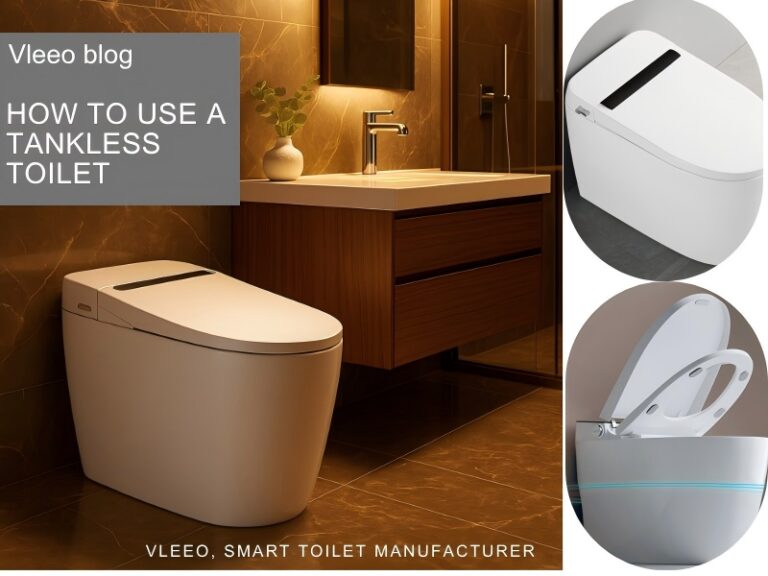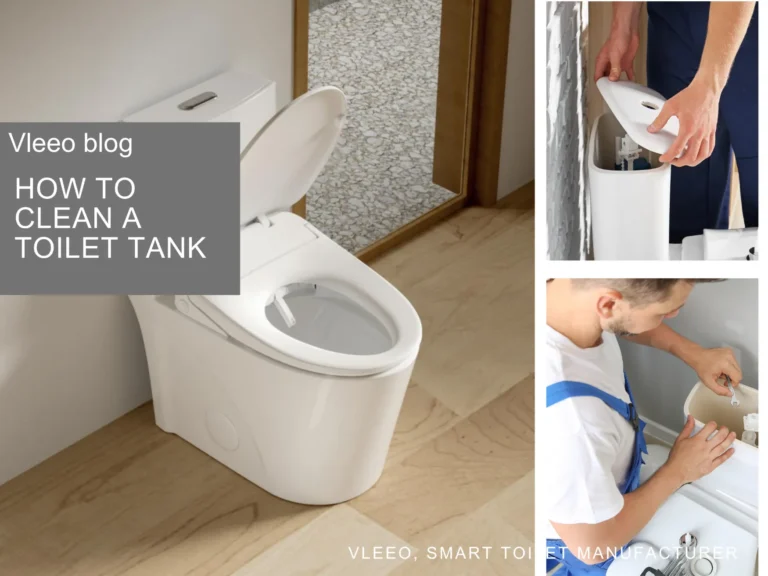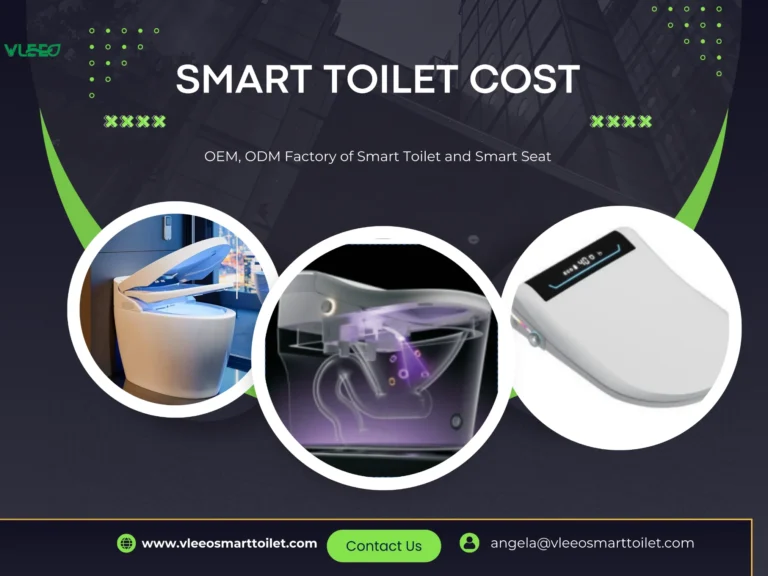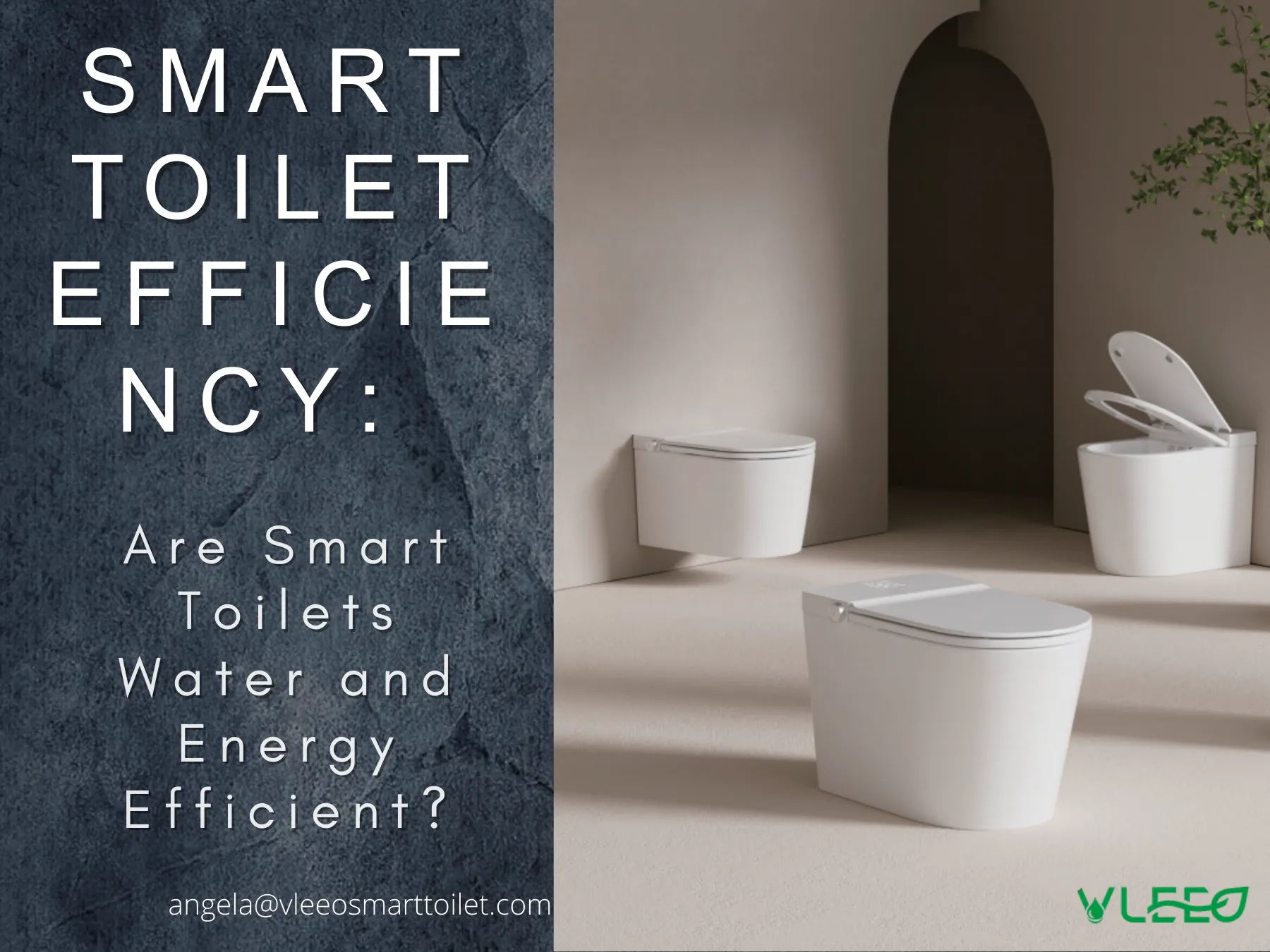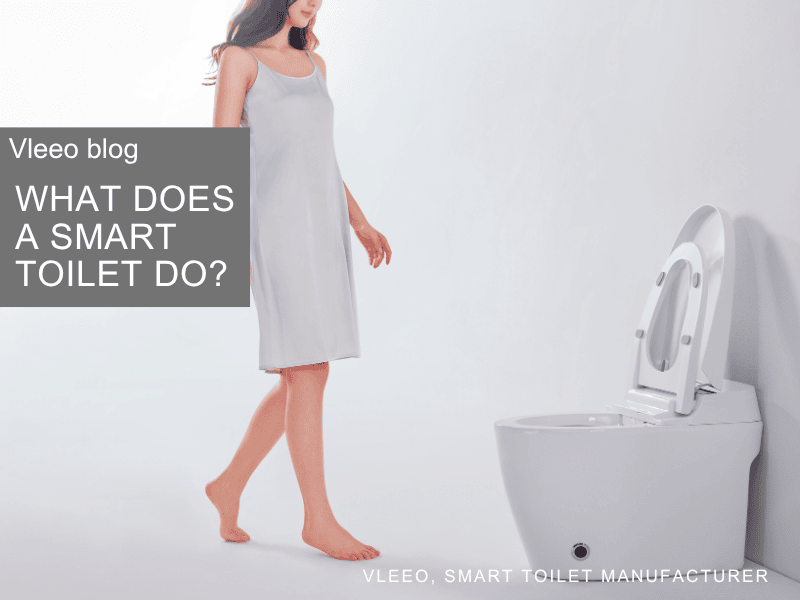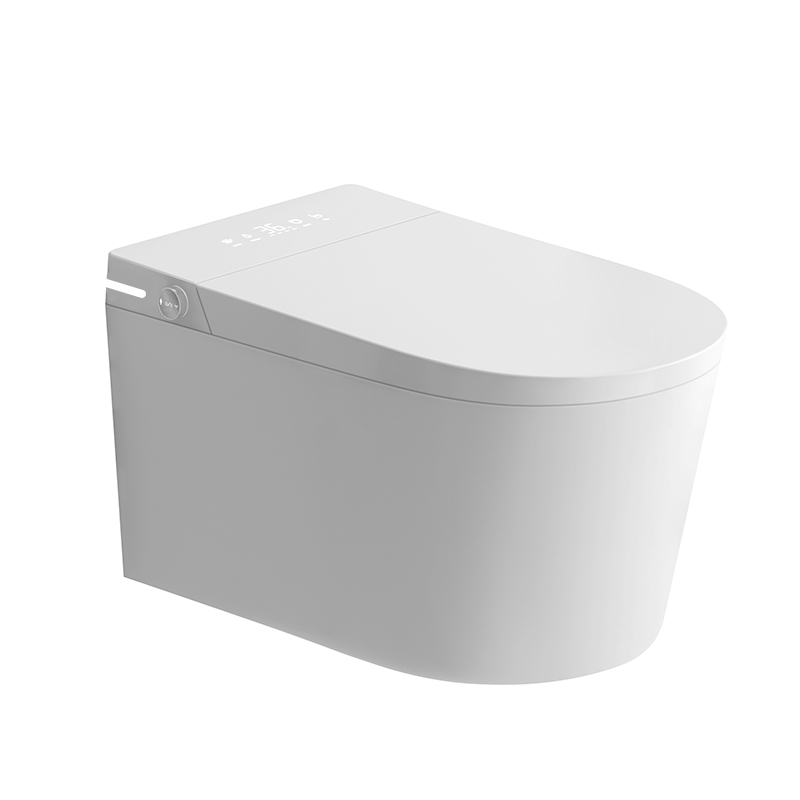-
Guxiang Town, Chaozhou City,Guangdong Province, China
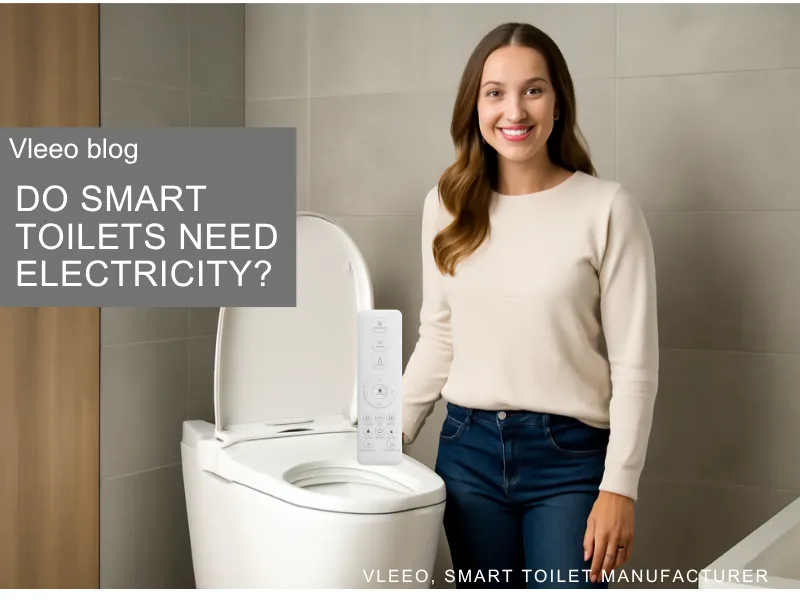
Do Smart Toilets Need Electricity? 7 Core Points that You Need to Know
Introduction: Do Smart Toilets Need Electricity?
Smart toilets have become an integral part of modern bathroom design, offering a range of luxury features, including heated seats, bidet systems, and automatic flushing. However, many people still ask: “Do smart toilets need electricity?”
In this article, we’ll address this common question by exploring which smart toilet features require electricity, how much electricity they consume, and whether there are non-electric options available. By the end, you’ll have a clear understanding of the power needs of smart toilets and be equipped to make the right decision for your bathroom.
1. What Is a Smart Toilet?
A smart toilet is a high-tech toilet equipped with advanced features designed to improve comfort, hygiene, and convenience. These features often include:
Heated seats for warmth and comfort.
Bidet functions with a water spray for personal hygiene.
Automatic flushing based on motion sensors.
Self-cleaning nozzles that sanitize themselves after use.
Deodorizing systems to maintain a fresh environment.
The technology behind these features often requires electricity, especially for more advanced models. But not all smart toilets are the same — some basic models do not need electricity to function.
2. Do All Smart Toilets Need Electricity?
Electric vs Non-Electric Models
Not all smart toilets require electricity. There are two main categories:
| Type of Smart Toilet | Requires Electricity | Features |
| Electric Smart Toilets | Yes | Heated seats, automatic flushing, self-cleaning nozzles, bidet spray, air dryers |
| Non-Electric Smart Toilets | No | Manual bidet functions, water-saving flush systems |
Electric Smart Toilets: These toilets has features like heated seats, automatic flushing, and self-cleaning mechanisms, all of which require electricity. They offer a fully automated experience.
Non-Electric Smart Toilets: Some models, like the Affordable Semi Smart Toilet Bidet by Vleeo, provide basic smart functions such as manual bidet functions and water-saving flush systems, but don’t rely on electricity. These are ideal for those who want a more budget-friendly or eco-friendly option.
While semi smart toilets do not need electricity, most of the premium features that make smart toilets truly “smart” do require power.

3. Which Features of Smart Toilets Require Electricity?
Here’s a breakdown of the key features that typically require electricity to function:
Heated Seats: Provides warmth and comfort during colder months. These require electricity to power the seat heating element.
Bidet Functions: The ability to heat water and adjust the pressure for a more comfortable bidet experience requires electricity.
Self-Cleaning Nozzles: These nozzles clean themselves after each use, using electricity to activate the cleaning cycle.
Automatic Flushing: Sensors and motorized systems enable automatic flushing, which requires power to function.
Air Drying & Deodorization: These features, which dry and deodorize after use, use electricity to power the fans and filters.
While these features provide a luxurious experience, they do rely on electricity to function effectively.
4. Are There Non-Electric Smart Toilets?
While most high-end smart toilets require power, some non-electric models offer basic smart features. These toilets may have manual bidet functions or water-saving flush systems without needing electricity.
For example, the Affordable Semi Smart Toilet Bidet by Vleeo is an excellent option for those who want a basic smart toilet experience but without the need for electricity. It offers manual bidet functionality and water-saving flush systems, but it does not include the more advanced features that rely on electricity.
These models are particularly useful for those living in areas with unreliable electricity or for those who prefer minimal electricity consumption.
5. How Much Electricity Do Smart Toilets Use?
Power Consumption of Smart Toilets
Smart toilets are generally energy-efficient. However, their power consumption depends on the features you choose to use. Here’s an overview of how much electricity different features consume:
| Feature | Average Power Consumption | Description |
| Heated Seats | Up to 100 watts | Power consumption depends on usage frequency and settings. |
| Bidet Functions | 250 to 400 watts per use | Energy required to heat water for bidet spray. |
| Air Dryers | Up to 500 watts | Used during the drying cycle after using the bidet system. |
| Standby Power | Minimal | Most smart toilets use very little power when idle. |
Eco-Friendly Smart Toilets
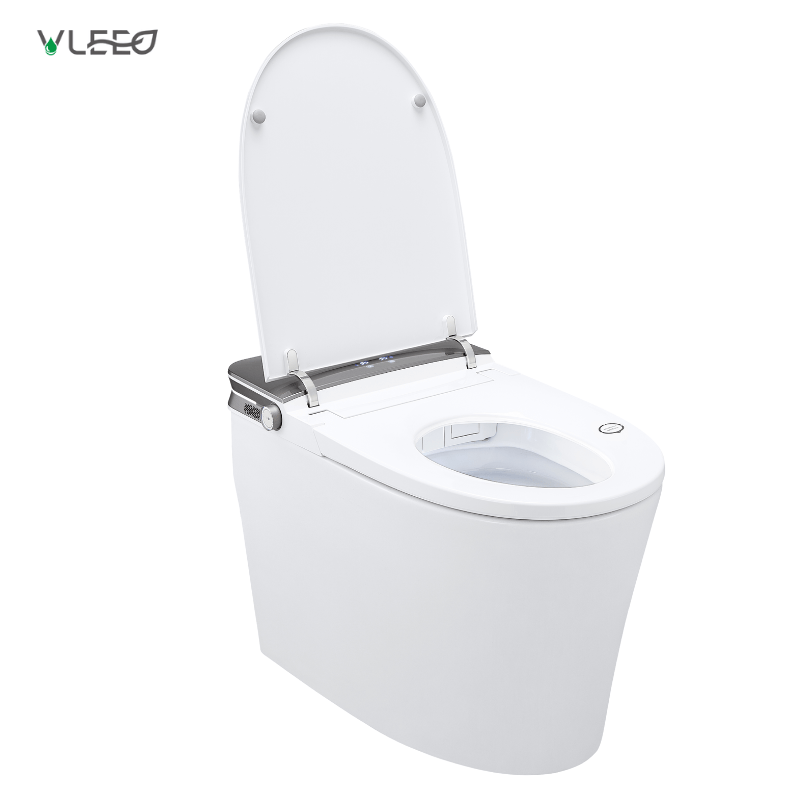
Many modern smart toilets come with an eco-mode that reduces energy consumption without sacrificing comfort. This makes them a more eco-friendly option while still providing essential features like heated seats and air drying.
6. Smart Toilet Installation: What Electrical Setup Is Required?
Electrical Setup and Installation Requirements
When installing a smart toilet, you’ll need to ensure that there is a power outlet nearby. Some smart toilets require a GFCI (Ground Fault Circuit Interrupter) outlet for safety, as bathrooms are wet environments and the risk of electrical shock is higher.
Here’s what you should consider when installing your smart toilet:
Dedicated Power Outlet: Smart toilets that require electricity for features like heated seats and bidet functions will need an electrical outlet near the toilet.
Proper Wiring: If your model includes advanced features, you may need to consult a professional for electrical wiring adjustments.
Plumbing Setup: In addition to electricity, a smart toilet still needs a reliable water supply to activate bidet systems, flush mechanisms, and more.
If you are unsure about how to handle the electrical setup, it’s best to consult with a licensed electrician or plumber to ensure a safe and efficient installation process.
7. Can Smart Toilets Work During a Power Outage?
Smart Toilets During Power Failures
If a power outage occurs, many advanced smart toilet features will stop working, especially those that rely on electricity. For instance, heated seats, automatic flushing, and bidet functions won’t operate without electricity. However, some toilets have a backup battery to maintain basic functions such as manual flushing.
If you are concerned about power failures, consider a model with a battery backup or a non-electric alternative. In the event of a power cut, these models will still provide basic toilet functions until the power is restored.
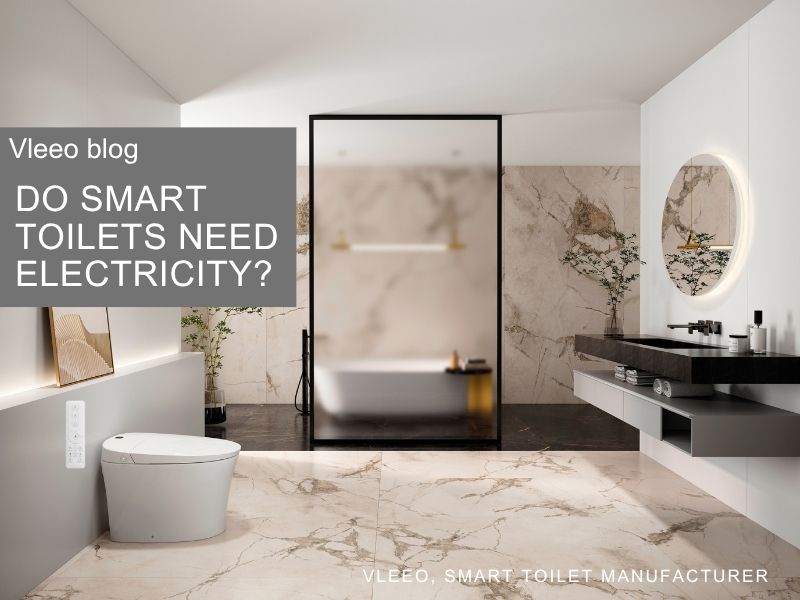
8. Conclusion: Should You Choose a Smart Toilet That Needs Electricity?
While smart toilets that require electricity offer luxury, comfort, and advanced functionality, the decision to choose one depends on your needs and preferences. If you are looking for comfort, hygiene, and convenience, then an electric smart toilet is likely the right choice. On the other hand, if you’re after a more eco-friendly or budget-friendly option, a non-electric smart toilet may suit your needs.
For those seeking high-tech options with advanced features, models like the Vleeo Smart Toilet with Bidet, Self-Cleaning & Heated Seat offer the full range of smart toilet functions.
To sum up, the choice of whether to opt for an electric-powered smart toilet depends on your bathroom needs, lifestyle preferences, and electricity availability.
Vleeo, a smart toilet brand owned by Cleanman Sanitary Ware, offers full knowledge base for smart toilet B2B buyers, including product, sales, promotion and after-sales service. Contact us now for more.


